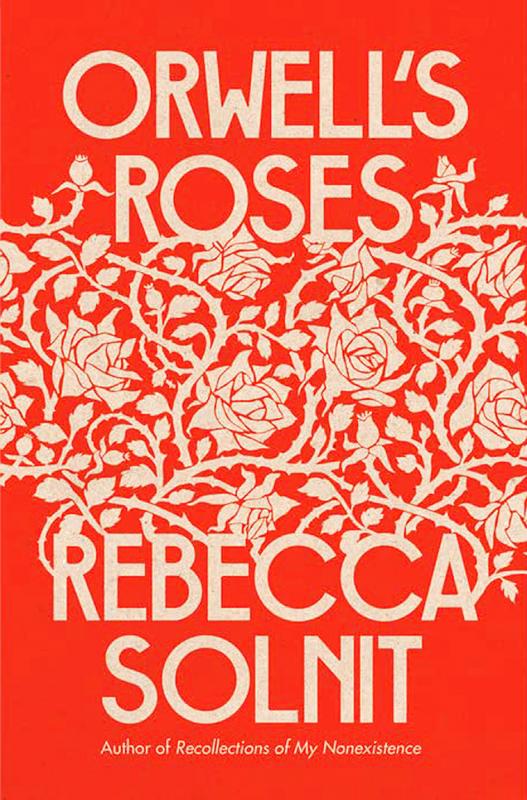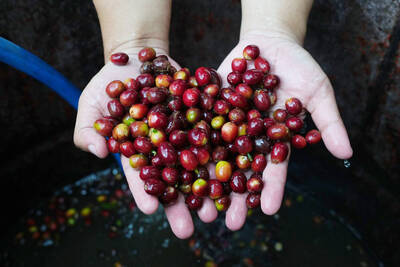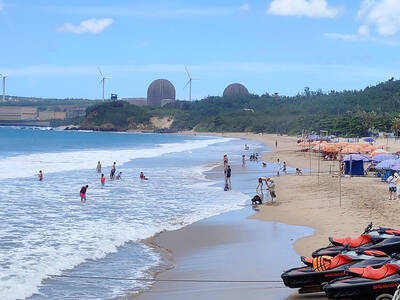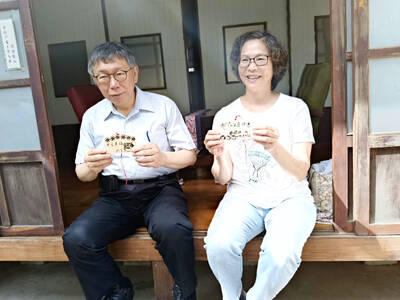The roses are in dire need of pruning. My rambler in particular is getting very tangled; too many whipping tendrils snaking out haphazardly at all angles. But it’s so pretty it’s hard to be properly brutal with it, even though it would probably benefit from some judicious thinning. And yes, it is the experience of reading Rebecca Solnit’s Orwell’s Roses that has jogged my memory.
The book simultaneously is and isn’t about George Orwell, just as it is and isn’t about roses. It belongs in a whimsical category of its own, meandering elegantly enough through lots of subjects loosely connected to one or the other; more of a wildly overgrown essay, from which side shoots constantly emerge to snag the attention, than a book. But at its root is the fact that in 1936, the writer and political thinker planted some roses in his Hertfordshire garden. And when Solnit turns up on the doorstep more than eight decades later, she finds the rose bushes (or at least what she takes to be the same rose bushes) still flowering, a living connection between past and present.
From this blooms the most enjoyable part of the book — a reflection on what gardening may have meant to Orwell, but also what it means to gardeners everywhere; beauty for today, hope for tomorrow, and a desire to create something for those who come after — all of which find an echo in the best of politics.

To make a garden is to feel, in Solnit’s words, more “agrarian, settled, to bet on a future in which the roses and trees would bloom for years and the latter would bear fruit in decades to come.”
By the time Orwell’s roses flowered that summer, the Spanish civil war had broken out. As they grew, Europe spiraled closer to conflict. But the buds would still swell and the petals would still fall, and in the midst of death there would be new life, a cycle that helps explain why gardens and nature more generally have been such a comfort to so many through the grief and loss of the pandemic.
But roses, in Solnit’s story, don’t merely symbolize the eternal. They also symbolize joy, frivolity and a kind of sensual pleasure not always associated with Orwell, so often presented as a rather dour and austere figure; a chronicler of hardship in his writings on the low-paid and exploited, and in his fiction a prophet of doom, warning against the evils of totalitarianism. By choosing to focus on the gardens he planted — in Hertfordshire and, later, on the farm he bought on the Scottish island of Jura — and the happiness they brought him, Solnit restores something often missing not only from Orwell but from the political tradition of which he is part.
“His grimmest writings,” she notes, “have moments of beauty; his most lyrical essays nonetheless grapple with substantive issues.”
Not everything in the life of a leftwing intellectual must be joylessly utilitarian or ideologically committed. To picture Orwell digging in his vegetable beds is also perhaps to understand a certain kind of quiet rural Englishness, one that is not at all jingoistic. When she quotes him admitting, in 1940, that “outside my work the thing I care most about is gardening, especially vegetable gardening,” you are instantly reminded of Jeremy Corbyn pottering around his allotment.
Orwell’s readers at the time, it should be said, did not always appreciate his favorite pastime. Having written about his roses in Tribune, he noted in a subsequent column that “an indignant lady wrote in to say that flowers are bourgeois,” which suggests that the soul-sapping spirit of leftwing Twitter wars may have existed long before Twitter itself.
But Solnit makes a persuasive case for the importance of acknowledging what Orwell loved and enjoyed, as well as what angered or saddened him, without shying away from accepting that those who actually work the land for a living are often significantly less dewy-eyed about country life than middle-class people with chickens running through their orchards.
Roses have their thorns, and for Solnit that includes the environmentally destructive manner of their modern mass production. She makes the leap from Orwell’s garden to the industrialized rose farms of present-day Colombia, supplying North America with cheap blooms at allegedly heavy cost to their low-paid, non-unionized workforce — the sort of story Orwell himself might once have told.
But not all the branching diversions of this book are so successful. A chapter on coal, which ends by arguing that Orwell’s planting of a garden half a century before climate change entered the public consciousness could be interpreted as the nurturing of “a few more carbon-sequestering, oxygen-producing organisms,” feels at best tortuously grafted on to the rest. I could have happily taken the secateurs to Solnit’s musings on the coincidence between being served Jaffa Cakes on her British Air [sic] flight to Britain and then reading an article about Palestinian children visiting the beach at Jaffa — an anecdote that tells the reader nothing of any significance about either.
But then into every garden a little bindweed creeps. The green-fingered and the politically committed alike will want to curl up with this book as the gardening year draws to a close and we reflect on a time during which nature has been more of a solace than usual. It’s been a good year for the roses, at least.

Climate change, political headwinds and diverging market dynamics around the world have pushed coffee prices to fresh records, jacking up the cost of your everyday brew or a barista’s signature macchiato. While the current hot streak may calm down in the coming months, experts and industry insiders expect volatility will remain the watchword, giving little visibility for producers — two-thirds of whom farm parcels of less than one hectare. METEORIC RISE The price of arabica beans listed in New York surged by 90 percent last year, smashing on Dec. 10 a record dating from 1977 — US$3.48 per pound. Robusta prices have

A dozen excited 10-year-olds are bouncing in their chairs. The small classroom’s walls are lined with racks of wetsuits and water equipment, and decorated with posters of turtles. But the students’ eyes are trained on their teacher, Tseng Ching-ming, describing the currents and sea conditions at nearby Banana Bay, where they’ll soon be going. “Today you have one mission: to take off your equipment and float in the water,” he says. Some of the kids grin, nervously. They don’t know it, but the students from Kenting-Eluan elementary school on Taiwan’s southernmost point, are rare among their peers and predecessors. Despite most of

The resignation of Taiwan People’s Party (TPP) co-founder Ko Wen-je (柯文哲) as party chair on Jan. 1 has led to an interesting battle between two leading party figures, Huang Kuo-chang (黃國昌) and Tsai Pi-ru (蔡壁如). For years the party has been a one-man show, but with Ko being held incommunicado while on trial for corruption, the new chair’s leadership could be make or break for the young party. Not only are the two very different in style, their backgrounds are very different. Tsai is a co-founder of the TPP and has been with Ko from the very beginning. Huang has

Nine Taiwanese nervously stand on an observation platform at Tokyo’s Haneda International Airport. It’s 9:20am on March 27, 1968, and they are awaiting the arrival of Liu Wen-ching (柳文卿), who is about to be deported back to Taiwan where he faces possible execution for his independence activities. As he is removed from a minibus, a tenth activist, Dai Tian-chao (戴天昭), jumps out of his hiding place and attacks the immigration officials — the nine other activists in tow — while urging Liu to make a run for it. But he’s pinned to the ground. Amid the commotion, Liu tries to